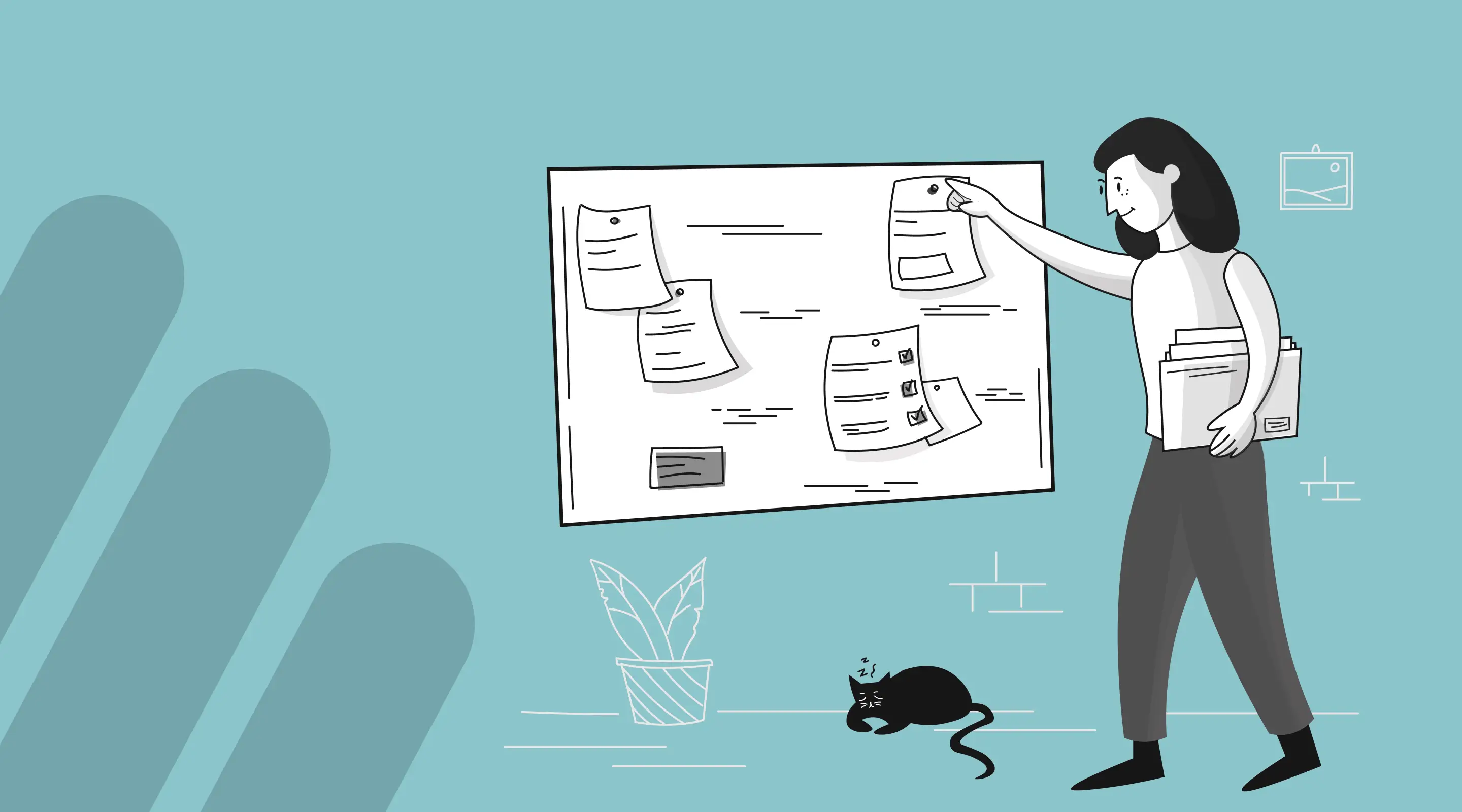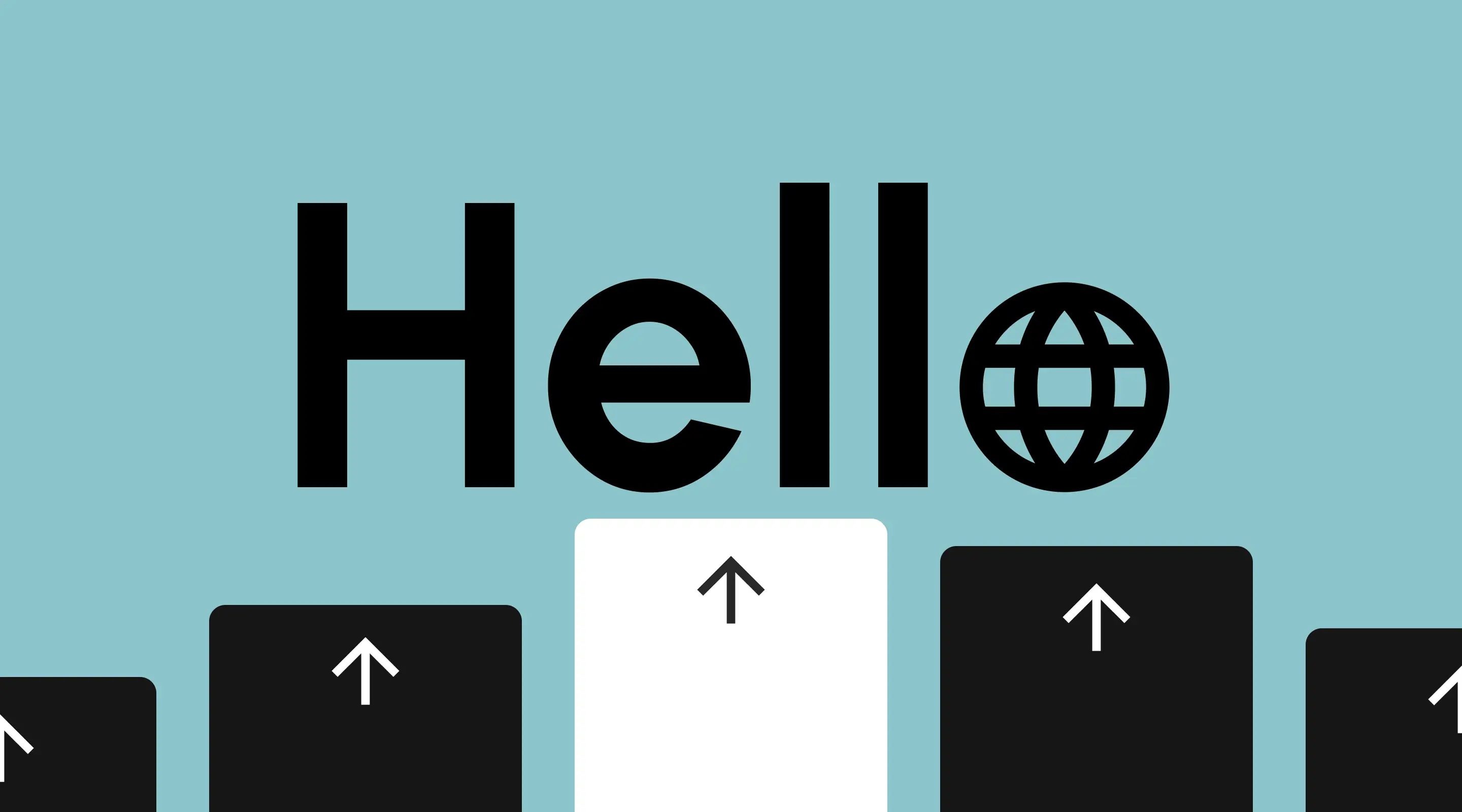Mastering UX Research: How Exploratory Methods Shape Better Design
How exploratory research transforms UX Design in Singapore.

How Exploratory Research Shapes UX Design in Singapore
Understanding your users before a single wireframe is drawn is the hallmark of excellent web design. At ALF Design Group, we embrace exploratory UX research to guide our projects — especially for clients in Singapore where cultural nuances, behavioural patterns, and digital expectations are unique.
Whether you're launching a new Webflow website or redesigning an existing one, early-stage research can determine the difference between "just usable" and "remarkably intuitive."
Let's explore how four key exploratory methods lay the groundwork for smarter, more strategic UX.
What Is Exploratory UX Research?
Exploratory UX research focuses on understanding user behaviours, motivations, and pain points before any solution is proposed. It helps teams:
- Generate design ideas grounded in reality
- Discover unmet needs
- Validate assumptions before investing in UI
It's especially useful when:
- You're entering a new market (e.g launching in Singapore)
- Users are diverse and complex
- A product has seen declining engagement
Unlike evaluative research (which tests usability), exploratory methods dig deeper to uncover insights that fuel design strategy.
In this article, we’ll explore four key UX research methods: user interviews, surveys & questionnaires, focus groups, and field studies. Each method offers unique insights into user needs and preferences, setting the foundation for better UX decisions.
Why Early-Stage Research Matters
Before we dive into the methods, let’s talk about why this phase is so critical. Early-stage research is like laying the foundation for a house. If you skip it or do it poorly, everything that follows — wireframes, prototypes, and even the final product — risks being misaligned with user needs.
Exploratory and generative research helps you:
- Identify user pain points you didn't know existed
- Uncover hidden opportunities for innovation
- Validate assumptions before investing time and resources
- Build empathy by understanding the real people behind the data
In short, it's your roadmap to creating products that don't just function well but truly connect with users.
The 4 Methods of Early-Stage UX Research
1. User Interviews: Getting Inside the User's Mind
One-on-one interviews are one of the most effective ways to gain direct, qualitative insights into how users think, feel, and behave. Unlike analytics or A/B testing, which focus on actions, interviews reveal the motivations and thought processes behind those actions.
How to Conduct Effective User Interviews
- Define your goals: Are you trying to uncover pain points, test assumptions, or validate a new product idea?
- Recruit the right participants: Choose users who match your targer audience.
- Ask open-ended questions: Avoid yes/no questions. Instead, use prompts like "Can you describe a time when..?"
- Analyse and synthesise data: Identify patterns, common frustrations, and recurring needs.
Example Use Case
A fintech startup interviews frequent mobile banking users to understand their biggest frustrations. Through these interviews, they discover that users struggle with hidden fees and complicated navigation — insights that directly inform the app’s redesign.
2. Surveys & Questionnaires: Gathering Scalable User Insights
While interviews provide in-depth insights, surveys scale up the research process by collecting data from a larger audience. They are ideal for validating trends observed in qualitative research.
How to Create Effective Surveys
- Define clear objectives: Are you measuring user satisfaction, feature preferences, usability pain points?
- Keep it short and focused: Users abandon long surveys, so limit questions to the essentials.
- Use a mix of question types: Include multiple choice, Likert Scale, and open-ended questions.
- Avoid leading or biased questions: Keep language neutral to avoid influencing responses.
- Test and iterate: Run a pilot survey before launching to identify any confusing questions.
Example Use Case
An e-commerce site runs a survey asking users about their checkout experience. The responses reveal that many users find the checkout process too long, leading to a high cart abandonment rate. The company then streamlines the process, improving conversions.
3. Focus Groups: Leveraging Group Dynamics for Deeper Insights
Focus groups provide a dynamic setting where participants can discuss their thoughts, share experiences, and build on each other’s ideas. This method is particularly useful for generating new ideas or understanding emotional reactions to a product.
How to Run an Effective Focus Group
- Define a clear research objective: Are you exploring attitudes toward a brand, testing a new feature, or gathering feedback on an existing product?
- Choose diverse participants: A mix of backgrounds fosters richer discussions.
- Moderate effectively: A skilled moderator ensures everyone has a voice and keeps the discussion on track.
- Encourage honest feedback: Create a safe space where participants feel comfortable sharing.
- Analyze interactions: Pay attention to group dynamics — how people react to each other's opinions can be just as telling their direct responses.
Example Use Case
A travel booking site organizes a focus group with frequent travelers to discuss pain points in trip planning. The participants highlight the hassle of comparing multiple flight options, leading the company to introduce an AI-powered recommendation tool.
4. Field Studies & Ethnographic Research: Observing Users in Their Natural Environment
Sometimes, what users say and what they actually do don’t align. Field studies and ethnographic research bridge this gap by observing users in their real-world environment, revealing unspoken behaviours and challenges.
How to Conduct Field Studies
- Identify the right setting: If you're studying an-commerce user journey, observe customers in a retail store or while shopping online.
- Minimize observer bias: The presence of a UX researcher can influence behaviour, so blend in as much as possible.
- Capture detailed notes and recordings: Take note of environmental factors, emotions, and spontaneous actions.
- Look for unmet needs: Often, users won't articulate their biggest pain points, they just work around them.
Example Use Case
A UX Design team working on a productivity app observes office workers using multiple sticky notes and spreadsheets to track tasks. This insight leads to the development of a feature that integrates to-do lists with scheduling tools.
Choosing the Right UX Research Method
Each of these exploratory research methods plays a vital role in shaping a user-centered design approach.
- Use interviews when you need deep, personal insights.
- Leverage surveys to gather broad, quantifiable data.
- Conduct focus groups to explore diverse perspectives and emotions.
- Run field studies when you need real-world behavioural insights.
A well-rounded UX research strategy often combines multiple methods to get a holistic view of user needs and pain points.
FAQ: Exploratory UX Research in Singapore
What is exploratory UX research?
It’s a process of gathering qualitative insights early in a project to guide design decisions.
How is it different from usability testing?
Usability testing happens later to evaluate designs; exploratory research happens first to shape them.
Why do this in Singapore specifically?
Because cultural context, digital habits, and expectations vary—you need local insights to build locally resonant designs.
Is this only for large projects?
Not at all. Even SMEs benefit from quick interviews or surveys to de-risk their Webflow builds.
Can ALF help with this?
Yes. We guide research, conduct sessions, and translate findings into action in Figma and Webflow.
Final Thoughts: Research First, Design Smarter.
UX research isn’t just a checkbox — it’s the foundation of great design. Investing time in exploratory research helps teams avoid costly mistakes, build products users actually want, and create seamless digital experiences.
At ALF Design Group, we don’t guess. We investigate, validate, and then build on Webflow with confidence. If you’re planning a new site or product, reach out to explore how our research-backed process can elevate your UX.
Let’s chat about your next project — reach out today!
{{build-better-experience="/directory"}}
Related Articles

How Localisation Can Help Rank Your Website
Discover how Webflow localisation helps Singapore businesses rank higher, increase trust, and convert better in multilingual markets.

How to Conduct a Usability Audit: A Step-by-Step Guide for Better User Experiences
Step-by-step usability audit guide for UX improvements and better Webflow experiences.

Why UX Design Matters for Singapore’s Finance and Investment Companies
Learn how user experience design helps investment and banking platforms in Singapore attract and retain customers.
Launch Your Next Website.
Schedule a call with us if you think that we can help you. The least we can do is to give you good advice.

.webp)